The area of Probolinggo may have popped up mid-conversation…or it may not. Probolinggo is located in East Java, about 100 km southeast of Surabaya. The city is the fourth largest in East Java after Surabaya, Malang, and Kediri.
Interesting Probolinggo Facts and Hidden Gems of East Java's Captivating City
The Probolinggo Regency is surrounded by Tengger Mountain, Mount Semeru, and Mount Argopuro. In addition, there are many other interesting things about Probolinggo.
Did you know there are interesting facts about Probolinggo? Let’s dive in.
Birth of the Glipang Dance
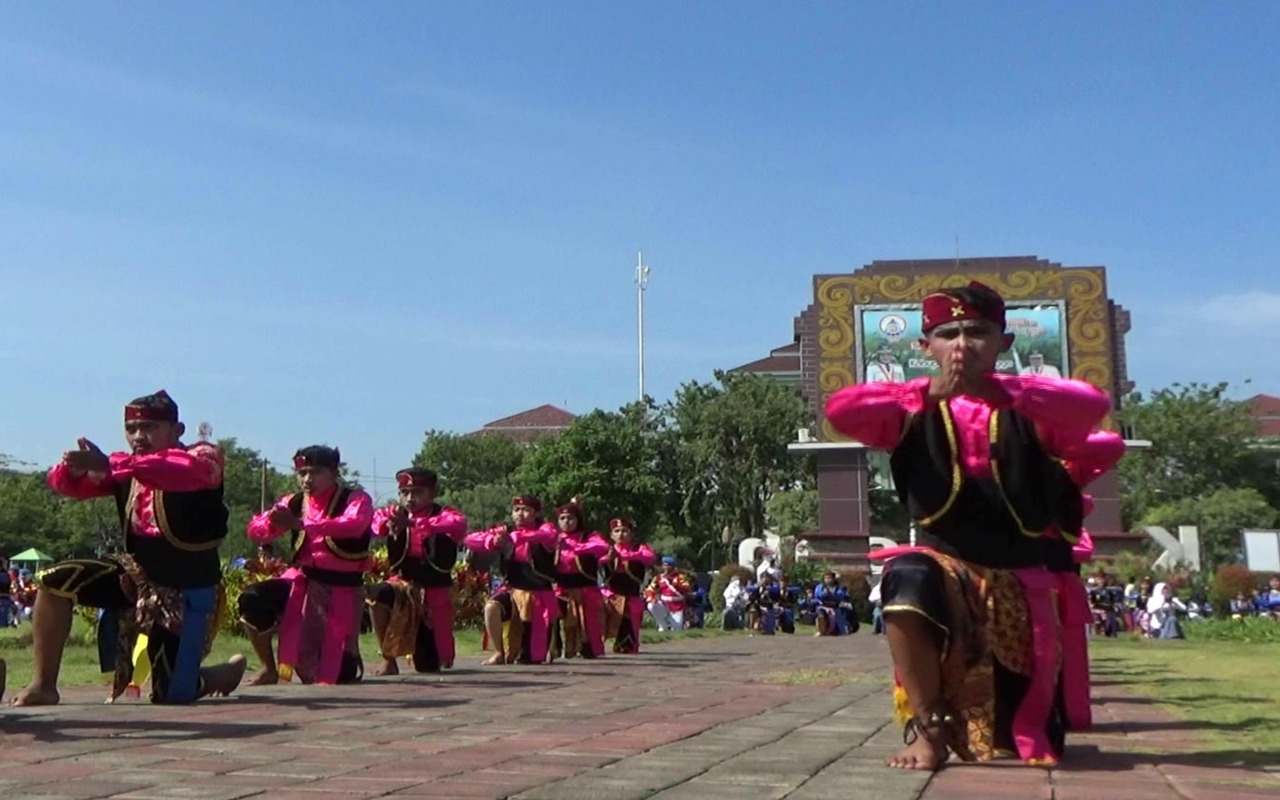
Probolinggo’s traditional dance is called the Glipang Dance, which depicts the daily life of the community during the colonial era. A young man from Madura named Seno Truno who came and lived in Pendil Village, Probolinggo Regency brought this dance to life. Previously, Seno worked as a foreman at a Dutch sugar factory yet was treated arbitrarily by the Dutch colonialists which resulted in quitting his job. He curated a traditional dance as a form of resistance against the Dutch colonialists.
This dance’s movements combine several other dances, including the Ghetak Mask, Rudhat, Hadrah Art, and Saman dances, as well as Indonesian martial arts, Pencak Silat. Generation to generation were taught this dance, which can be witnessed at receptions, celebrations, and other major events.
Giant horse statue
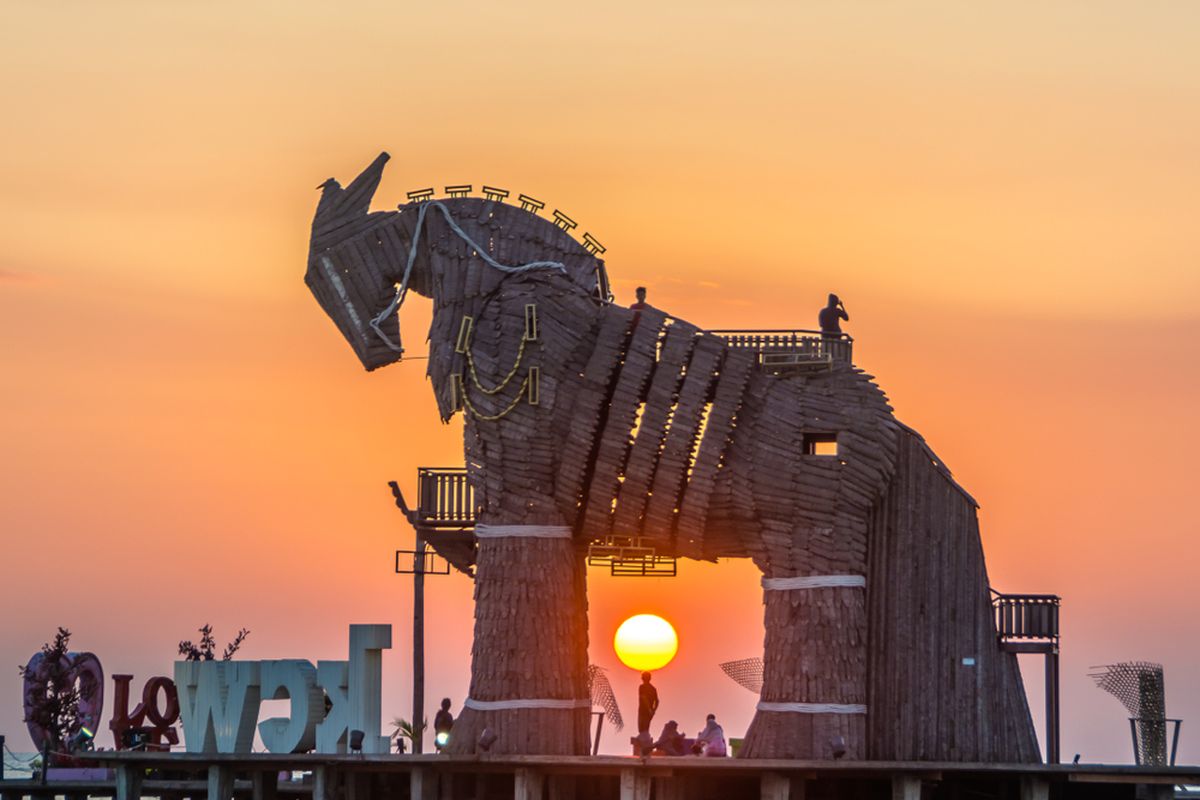
Probolinggo City has an icon pictured as a giant horse statue called Cipta Wilaha. This statue is sourced from pieces of coconut tree wood, with a concrete foundation and steel frame, standing 11.5 metres tall and 12 metres long. You can enter this giant statue as it features two floors; one on its stomach and another on its back.
Cipta Wilaha is located in the BJBR (BeeJay Bakau Resort) mangrove forest tourism area, precisely at the PPI Port of East Java Province, in Mangunharjo Village, Mayangan District, Probolinggo City. The statue received Muri record recognition as the tallest horse statue in Indonesia and Asia, and globally the second tallest in the world after Turkey.
Producens of mangoes and grapes
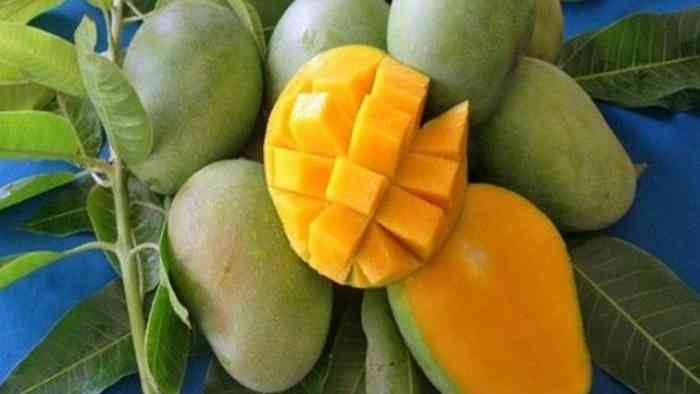
Probolinggo mangoes are popular for their sweet and fresh taste. Markets in major cities would be flooded during mango season between May and October. In Probolinggo itself, 12 sub-districts are home to mango centres that produce Arumanis, Gadung, and Manalagi. The Arumanis variety is marketed domestically and abroad, for example, in Singapore.
Probolinggo’s land is also friendly to grapes. In certain areas, grapes even grow well in the locals’ yards. One area famous for its best-quality grapes is Ketapang Village, Kademangan District, Probolinggo City. The Prabu Bestari variety tastes sweeter and is currently being developed on a large scale.
Part of Mount Bromo
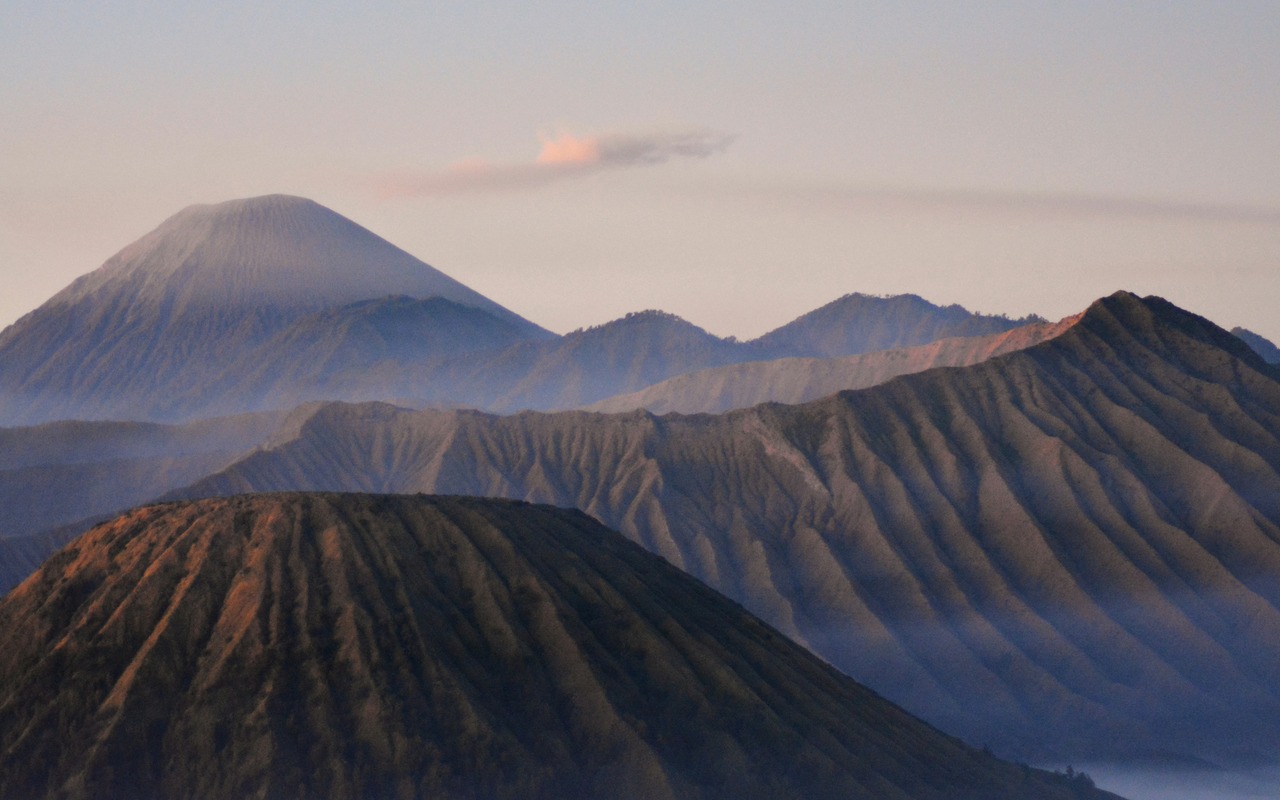
Mount Bromo is an active volcano in East Java with a height of 2,329 metres below sea level and it takes around 250 steps to reach its crater. A common misconception is that the Mount Bromo area is entirely a part of Malang. In fact, this majestic mountain is included in four districts at once, namely Probolinggo Regency, Pasuruan Regency, Lumajang Regency, and Malang Regency. Its name was sourced from Brahma, one of the gods in the Hindu religion.
Tengger Tribe inhabits the Mount Bromo area
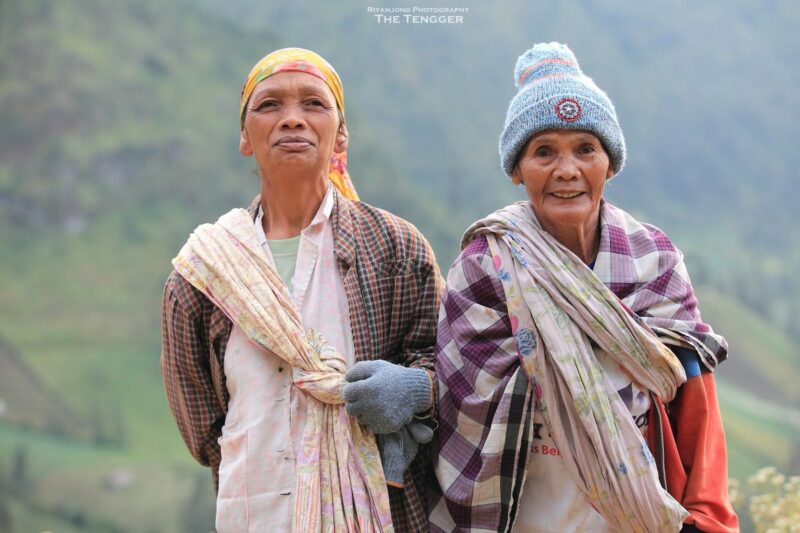
The Tengger is an indigenous tribe that inhabits the Mount Bromo area. Every day, both men and women wear sarongs. In addition to protecting the body from the cold mountain climate, sarongs are also believed to control people's behaviour and speech.
They believe that their tribe is the descendant of Roro Anteng and Joko Seger from the Majapahit Kingdom - thus, they are Hindus. One of their traditions, the Yadnya Kasada ceremony, is routinely carried out every 14th and 15th of the 10th month (Kasodo), according to the Javanese calendar. This ceremony is a form of gratitude to Sang Hyang Widhi (God Almighty in the Hindu religion) by sacrificing some of the results of the rice fields and livestock of the surrounding community by throwing them into the Mount Bromo crater.
Houses Madakaripura Waterfall
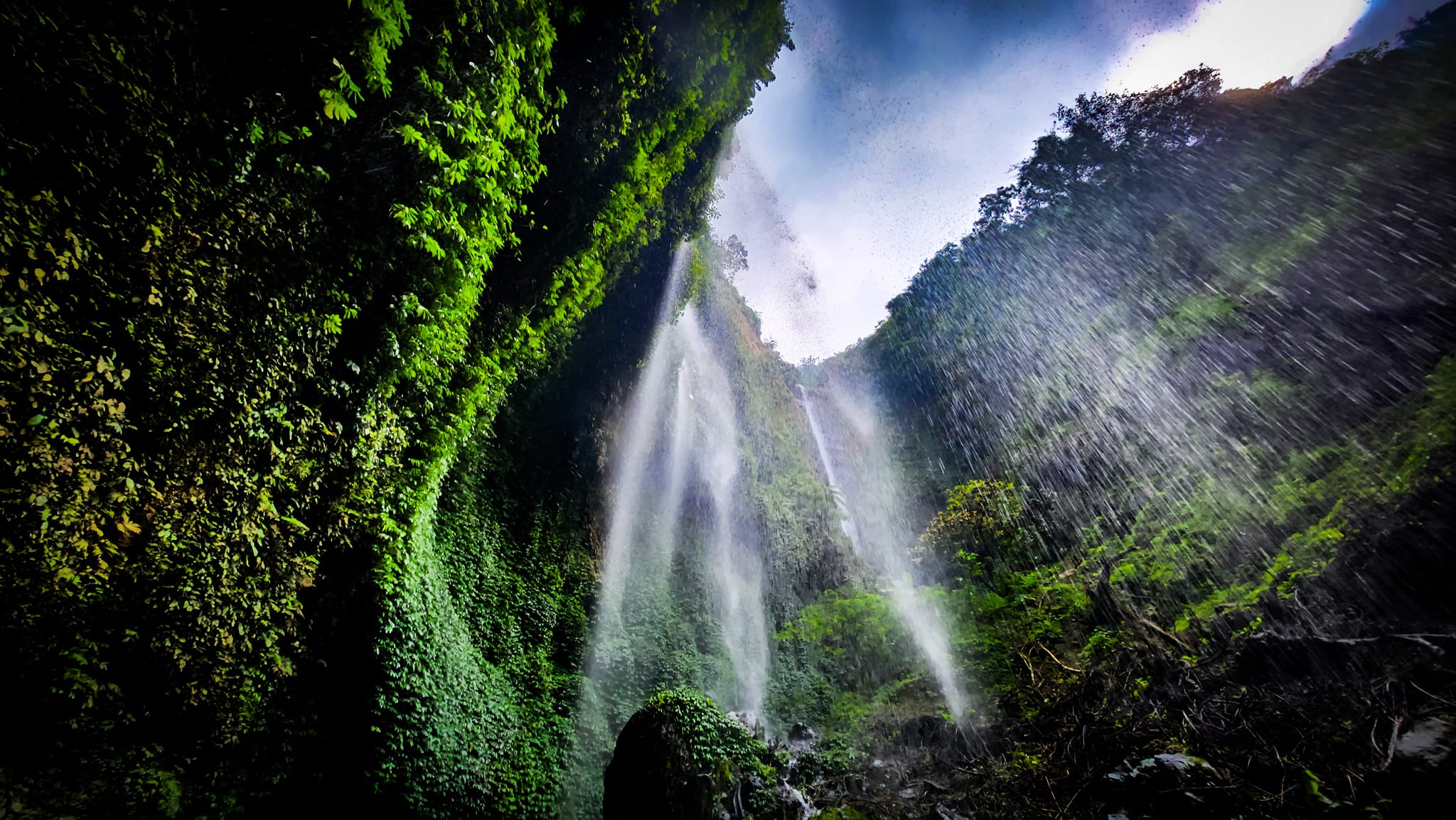
Madakaripura Waterfall is not only mesmerising and appointed as the highest waterfall on the Java island but it also holds an interesting background, based on a local myth. It is said that Madakaripura Waterfall was the final meditation site of Patih Gadjah Mada before moksha. The local community believes that Madakaripura Waterfall is an eternal waterfall therefore never experiencing drought.
Trekking towards the waterfall means you will be bestowed by the 200-metre circular cliff that embodies a giant glass. You’ll catch sight of water flowing from the middle of the waterfall and through the narrow gaps in the cliffs as well.



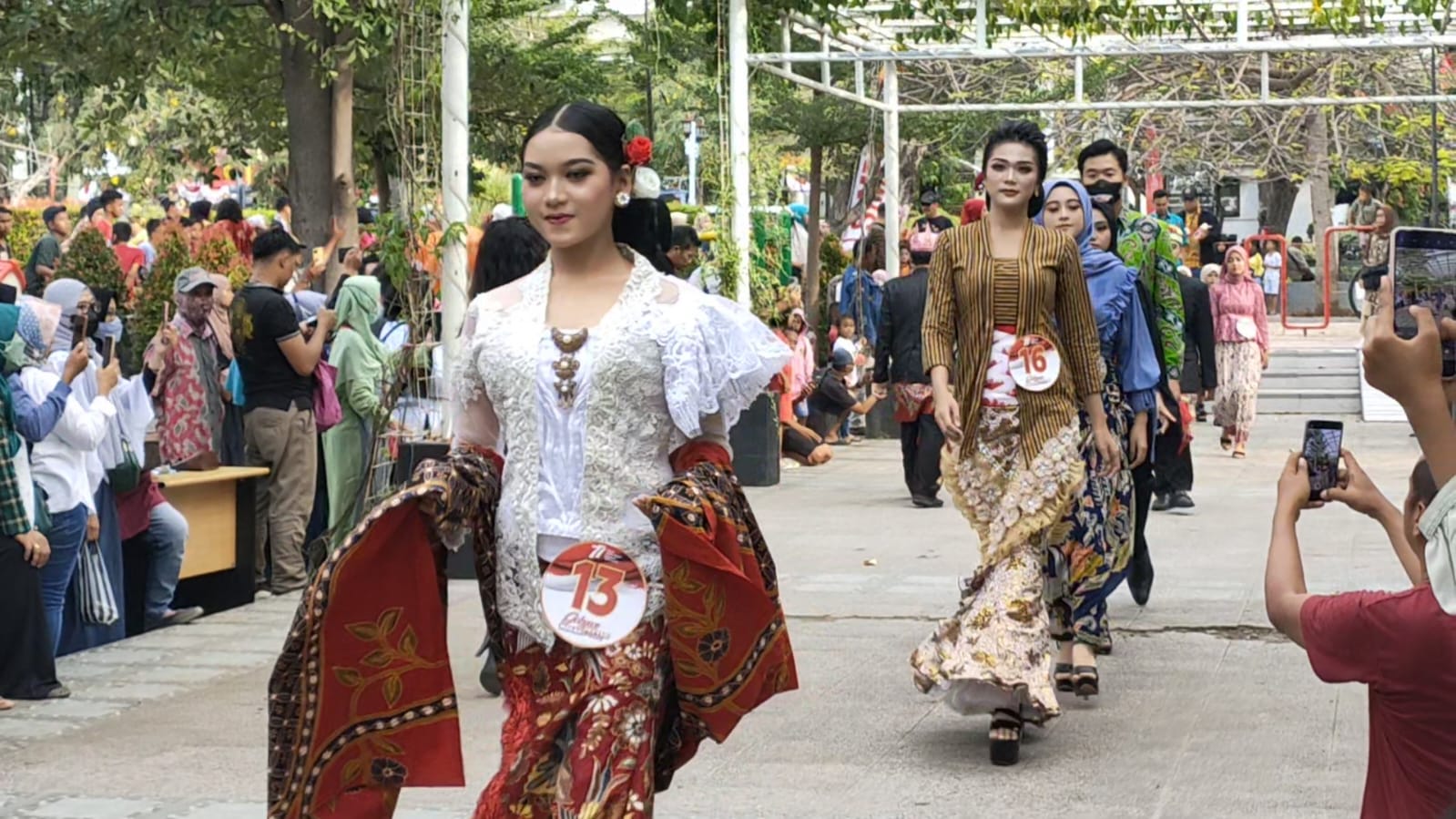
 Mirella Pandjaitan
Mirella Pandjaitan
 Dec 23, 2025
Dec 23, 2025